Revolutionary New OPOC Engine Promises To Dramatically Increase Vehicle Fuel Efficiency
Hybrid and pure electric cars are all the rage these days, but soon they won’t be the only choices consumers have when they go to purchase a new car. There will be a third option – vehicles powered by a revolutionary new internal combustion engine (ICE) design known as the OPOC Engine. When cars powered by this engine enter production, they will routinely have efficiencies of 60, 80, and even 100 mpg!
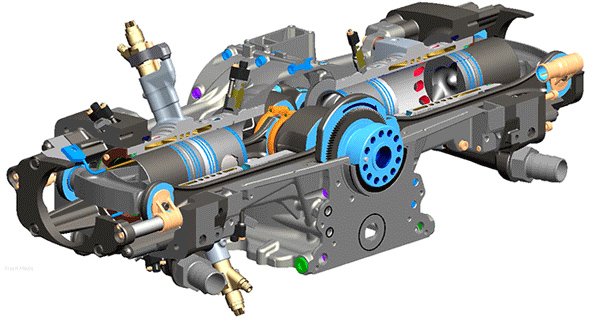
OPOC stands for Opposed Piston Opposed Cylinder. It is a 2-stroke engine design that makes more efficient use of the fuel-air mixture than traditional 4-stroke ICE engines. Instead of having one cylinder per combustion chamber, the OPOC design has two that operate at opposite ends. The general OPOC engine concept is not a new design. In fact, a French company, Gobron-Brillié, was the first company to cross over 100 mph with its OPOC-powered car in 1903. For various reasons the OPOC engine concept never caught on en masse. A new company, Eco Motors, plans on changing that.
Eco Motors was founded in 2008 by a group of people who recognized the superior efficiency and reliability of the OPOC engine design. The company has some very powerful backers including Vinod Khosla (former CEO of Sun Microsystems), and Bill Gates.
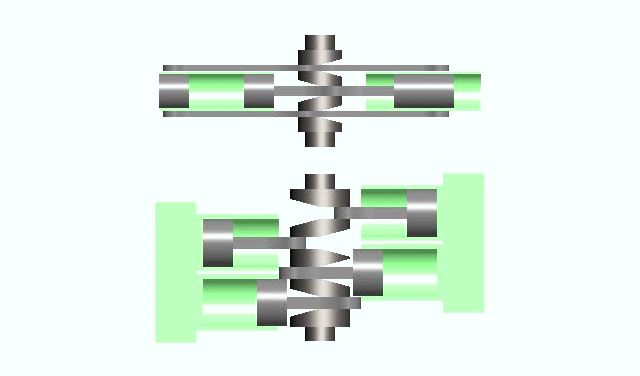
OPOC Engine Compared to Traditional 4-Cylinder Engine
A Superior Engine in Every Way
What makes the OPOC engine so special? Why is this engine poised to revolutionize the automotive industry? Several reasons.
First, the OPOC engine is a very simple engine with fewer moving parts and a lower parts count than traditional engines. Ask any mechanic or engineer and he or she will tell you that the fewer parts something has, the more reliable it is. There are no valves or cylinder heads, for example. Because the engine design is simpler overall, it also will be much more affordable to produce than the traditional ICE. This represents a major win for lowering the price of automobiles.
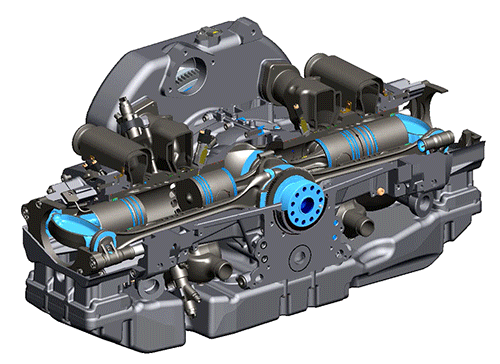
The Compact Design of the OPOC Engine
Second, the OPOC engine is vastly more fuel efficient than the traditional ICE. The OPOC engine design gets about 30 to 40 percent greater fuel efficiency than current engines. But that’s not where the fuel efficiency ends. The OPOC can also be modular.
Vehicles rarely need all of their cylinders firing continuously once they reach highway speeds. In fact, just a fraction of an engine’s available power is all that’s needed to keep it moving. Most of the “grunt work” is needed to bring a vehicle from a stand still to highway speeds. In a two-cylinder OPOC modular design, for example, once a vehicle reaches highway speeds, one module simply shuts off to save fuel while the vehicle continues running on the other module. Eco Motors claims that two modules, where one can be shut off and restarted as needed, can be as much as 45 percent more fuel efficient than two modules running together all the time.
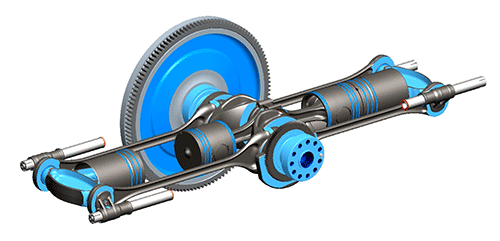
A View of the Internal Workings
Third, the OPOC engine weighs much less and is much smaller than a traditional ICE. This makes it an ideal solution where weight and size matter, like in airplanes or small hand-held devices such as weed trimmers.
Fourth, the OPOC engine is both quieter and smoother than the traditional ICE. OPOC engines don’t have valves or cylinder heads, which are common sources of noise in ICEs. And because the engine design is symmetrical, it is perfectly balanced. This makes for a very smooth-running engine without any noticeable vibration.
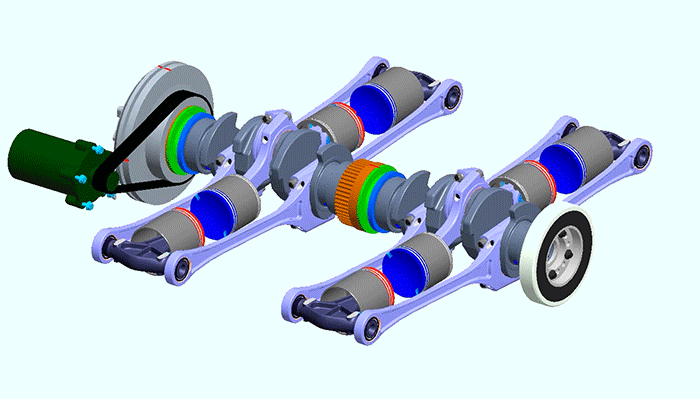
Modular Design Demonstrating Stopping and Restarting a Module
Coming Soon in Vehicles
Eco Motors is moving quickly to ram up production of their revolutionary new engine design so that it can get in the hands of consumers. In 2013 the company formed a partnership with Chinese auto parts manufacturer, Zhongding Power, to build a $200 million factory in China specifically for the new engine. The company is scheduled to manufacture up to 100,000 OPOC engines a year when they reach full production capacity. Production is scheduled to start very soon.
Image and GIF Credit: All Images and GIFs are from the Eco Motors website (www.ecomotors.com).
So I may not have to buy a Tesla after all...
That is very clever. What fuel does it need? Can it run on biofuels?
I understand it is multi-fuel capable, meaning it can run on a variety of fuels.
What about the ignition? did I miss something?